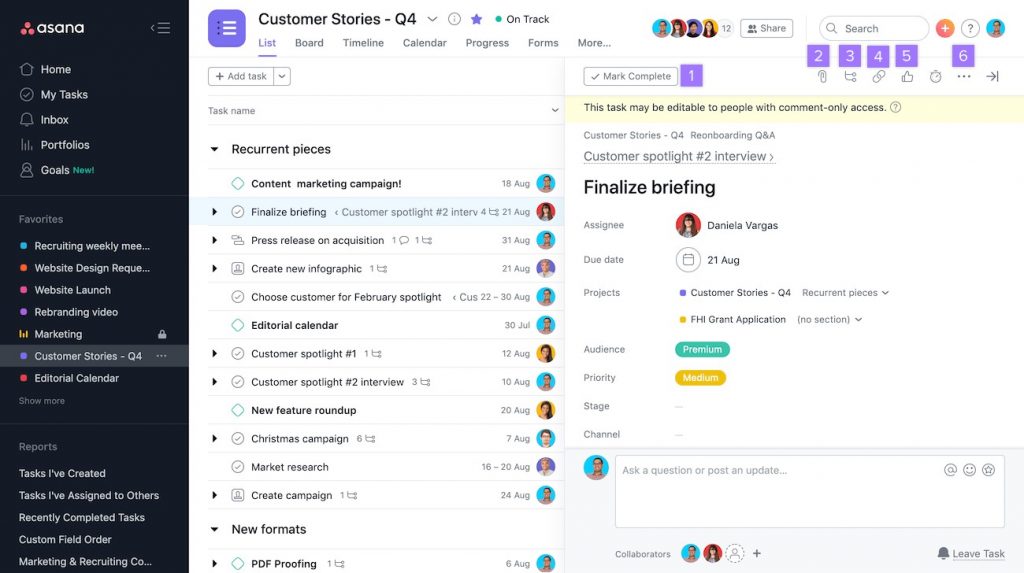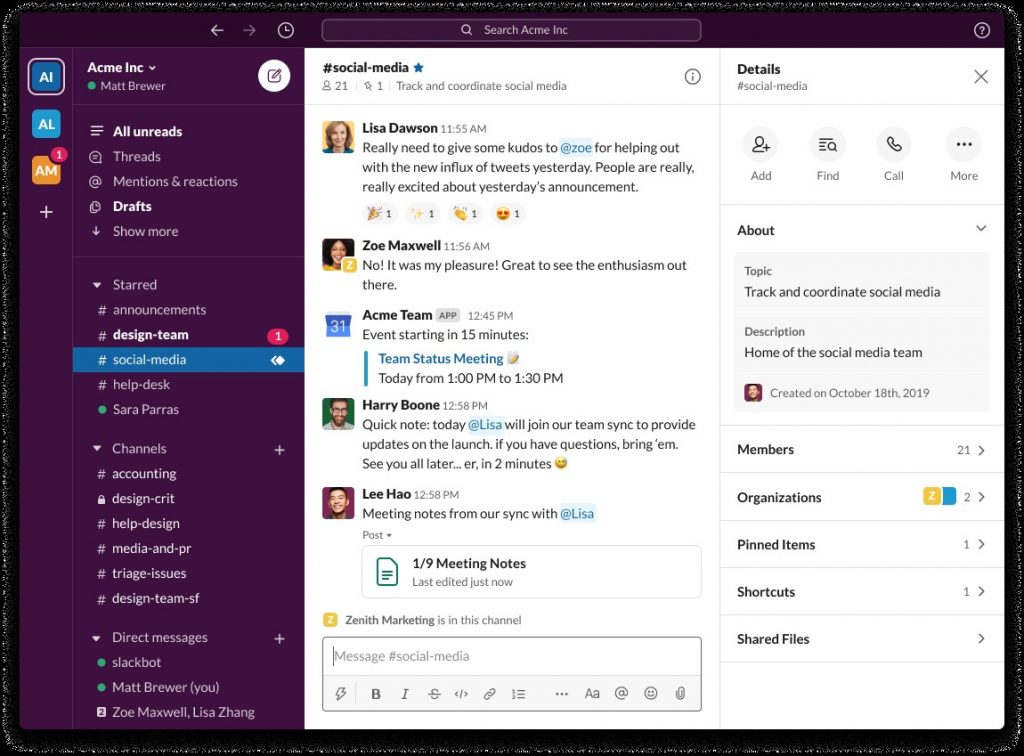Table of contents
Introduction
Using the Same Tools
Give Up Micromanaging
Work-life Balance
Contributors

Mike Roston
Contributor
Introduction
Since April 2020, much of the US workforce transitioned to remote work. Of those, 60% report that they prefer their new setup and would rather not return to an office.
The remote workforce has been steadily expanding for years, and a growing body of research suggests it may be better across the board – for employees, management, and the company’s bottom line.
But with such a sudden change, many leaders are dealing with workplace culture shock, unsure of how to steer the transition for best results. Managing a remote team requires different skills and habits than the traditional 9-5 office. So how can leaders get their teams accustomed to remote work and avoid a productivity slump?
Get everyone using the same tools
While it may sound obvious that your team should use the same technology, one third of professionals polled in a Planview survey said that no one on their teams were using the same tools. In addition, a McKinsey Global Institute study found that workers spent a surprising 20% of the work week either searching for information or trying to track down a colleague.
All of this wasted time and effort could be eliminated by simply investing in effective collaboration tools and training everyone to use them. While it may take some time and investment up front, the long-term productivity lift will be worth it.
Collaboration tips:
- Choose a primary project management tool like Asana for assigning tasks and monitoring progress.
- Adapt your communication style.

For remote teams, communication takes a bit more intentionality. While you may find that communication needs to increase, it’s also possible that your team can communicate less, focus more, and get even more done.
If you’re used to an open office culture, it may feel like your team isn’t connecting enough. However, remote teams often communicate more concisely and spend less time chatting – research backs this up. Ask yourself: Has quality of work increased, decreased, or stayed about the same since going remote?
Communication tips:
- Never assume understanding. It’s a common human folly to assume that everyone thinks just like we do. Managers that give clear and direct instructions are less likely to encounter miscommunications. Assuming your remote workers know exactly what you want from them is a recipe for disappointment.
- Have a system for delegating tasks. This ensures remote workers are never sitting around idly wondering what to do. Whether through meetings or project management applications, have some way to clearly assign tasks.
- Have a designated space for your team to communicate, whether its work-related or strictly social. Apps like Slack are perfect because they allow separate channels for each topic.

Give up micro-managing
This can be especially difficult for managers who have worked in traditional corporate settings for decades. But times are changing, and no employee enjoys someone looking over their shoulder. Micromanaging communicates that you don’t trust your team, which erodes team morale and trust in your leadership.
Managing tips:
- Set up a way for your workers to share progress with you. Make it clear that they are expected to communicate through this avenue regularly (e.g. daily or weekly) so you can follow their progress. If you’re unsure how to do this, ask your workers how they can best report to you – some may be better at Zoom meetings, while others may prefer to use a tool or send an email.
- Assess your current workforce. While it may be difficult to face, if you struggle with micromanaging, you may not have the right people on board. As you transition to remote work, it’s crucial to let go of any employees who consistently don’t meet expectations.
- Give them the big-picture vision. By regularly articulating your company’s vision, goals, and values, you give your employees a framework to operate within. Talented professionals will never need to be micromanaged when they know what they’re doing (goals), why they’re doing it (vision), and how they should do it (values).
Talk about work-life balance with your team
Work-life balance is a hot topic, but for far too many companies, it’s still the elephant in the room. Employees need to strike a balance between feeling overworked/resentful and unproductive/disengaged.
Work-life balance tips:
- Establish your own rhythm. If you don’t have work-life balance, you won’t be able to model it for your employees. This means they may develop the same imbalances you have.
- Designate clear start and end times. Especially for managers, using willpower and cutting yourself off at a certain time is critical for maintaining mental health. This schedule can vary from the standard 9-5, especially if your colleagues reside in other time zones.
- Make a to-do list. It’s an obvious tip, but without a to-do list, how can you be sure you’re “done” for the day? More tasks will always creep in, many of which may be unnecessary at that moment.
- Encourage scheduled breaks. When working remotely, it is much easier to lose all semblance of structure. Encourage your employees to take a scheduled lunch break for a set amount of time each day.
Much of your success as a remote team leader will depend upon communication and structure. Building routines and setting up internal structures sets the stage for your team to perform well, while solid communication keeps things running smooth.
In the future, the majority of the workforce is expected to be remote. For many companies, getting ahead of the curve and transitioning now will mean stability, flexibility, and even financial savings down the line.
